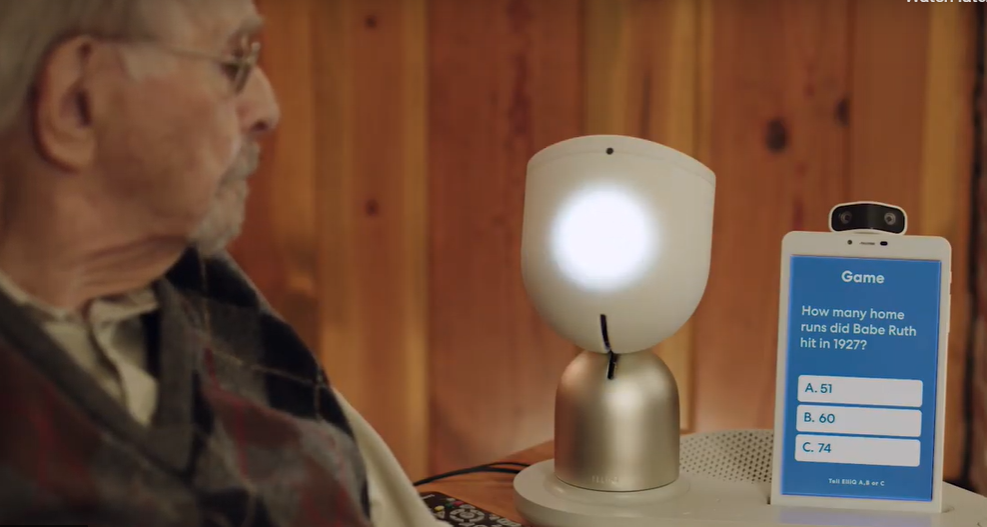It might feel like something out of a space age movie, but companion robots are the newest type of robots to take their place in everyday homes. Much more than an automated vacuum cleaner, this new breed of interactive devices is being used to meet the needs of seniors, promoting healthier living and aging in place.
With the increased isolation brought about by the COVID-19 pandemic, loneliness, anxiety and depression rates have increased significantly in the elderly population. A survey conducted by AARP in 2020 found that nearly 66% of older adults felt more anxious and almost 50% reported feeling social isolation as a result of the pandemic. Due to the enforced social isolation of the pandemic, many seniors turned to using technology to bridge the gap and combat loneliness, either through the presence of a robot or use of video conferencing and messaging technologies.
Robotic Pets
Robotic pets are rising in popularity, offering comfort and a feeling of connection. Many models mimic the behavior of a live pet, without the care requirements. For example robotic cats and kittens may make a purring sound, simulate breathing, meow, and sometimes move their heads, blink their eyes and swish their tails.
Robotic Companions
Some long-term care facilities and assisted living facilities are also using companion robots to ease loneliness for their residents, and insurance companies are taking notice to the point that some companies now cover the cost of companion robots. More sophisticated robots, like the ElliQ, are built specifically for engagement. Some robots tell jokes, some play music, while others offer mindfulness exercises or play exercise videos to keep seniors moving. Others, like the assistive technology robots offered by Movia for those on the Autism spectrum or with other special needs, are used for primarily educational purposes.
Robotic Health Aides
The use of robots in medicine has also increased dramatically in the past decade. Robots have been developed to provide real-time remote patient monitoring as well as provide support in activities of daily living. Using a variety of sensors, these robots can integrate data like vital sign measurements, and can serve as an early warning system to alert caregivers to changes in a senior’s health. When a reading is taken, the robot is able to send an alert to a medical care team. Adopting the use of robots like these can assist the elderly in aging in place, allowing them access to quality healthcare without having to risk an emergency room visit, or even leave home for a routine doctor visit.
While there can be some resistance among seniors in adopting new technology, the pandemic has served as a lesson to us all in flexibility and finding ways to make personal connections. As robots continue to evolve and monitoring technology improves, companion robots will become even more useful for seniors who want to age in place.
If you’re interested in learning more about how technology can help your team and your program recipients, contact us today!
For more timely articles on Assistive Technology, visit our News & Events page.
*photo credit: ElliQ

